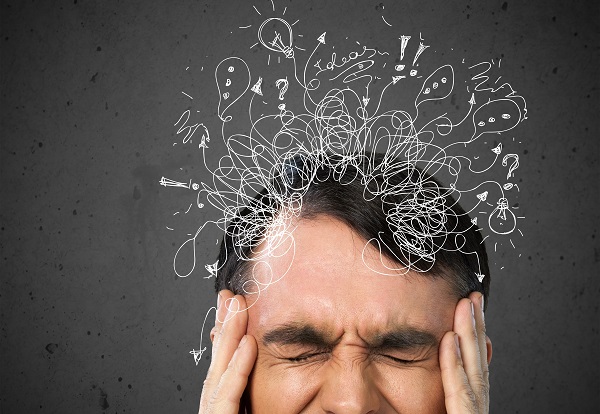Attention Deficit Hyperactivity Disorder (ADHD) is a neurodevelopmental disorder that affects millions of people worldwide. Traditionally associated with children, ADHD can continue into adulthood, with an estimated 4% of adults in the United States living with the condition. While the symptoms of ADHD are similar in children and adults, there are some key differences in how the disorder manifests and affects individuals.
What is ADHD?
ADHD is a condition characterized by a persistent pattern of inattention and/or hyperactivity-impulsivity that interferes with daily functioning. Symptoms of inattention include difficulty sustaining attention, forgetfulness, and distractibility, while hyperactivity-impulsivity symptoms include fidgeting, restlessness, and impulsivity. The exact cause of ADHD is unknown, but it is believed to involve a combination of genetic, environmental, and neurobiological factors.
ADHD in Children
ADHD is often diagnosed in childhood, with symptoms typically appearing before the age of 12. In children, ADHD is characterized by excessive activity, impulsivity, and inattention that often disrupts academic and social functioning. Children with ADHD may struggle to follow instructions, complete tasks, or sit still for extended periods of time. They may also struggle with organization and time management, leading to difficulties with homework and completing projects.
ADHD in Adults
While ADHD is typically associated with childhood, it can persist into adulthood, with up to 60% of children with ADHD continuing to experience symptoms as adults. In adults, the symptoms of ADHD are similar to those in children, but they may manifest differently. For example, adults with ADHD may struggle with maintaining relationships or holding down a job due to their inattention or impulsivity. They may also experience more subtle symptoms such as forgetfulness, distractibility, and difficulty completing tasks.
Additionally, adults with ADHD may develop coping mechanisms that mask their symptoms. For example, they may develop strong organizational skills or work in jobs that are high-paced and provide constant stimulation. These coping mechanisms can make it difficult to identify ADHD in adults, as they may appear successful and productive on the surface.
Treatment for Adult ADHD
While there is no cure for ADHD, there are a variety of treatments that can help manage symptoms. In children, medication and behavioral therapy are often used to help manage symptoms, while adults may benefit from therapy, medication, or a combination of both.
Behavioral therapy for adults with ADHD may focus on developing coping mechanisms to help manage symptoms, such as learning organizational skills or developing routines. Medications such as stimulants or non-stimulants may also be prescribed to help manage symptoms of inattention and hyperactivity.
ADHD is a neuro-developmental disorder that affects individuals of all ages. While the symptoms of ADHD are similar in children and adults, the disorder may manifest differently in adults, and may be more difficult to identify due to the development of coping mechanisms. If you suspect that you or a loved one may have ADHD, it is important to speak with a healthcare professional for an accurate diagnosis and treatment plan. With the right treatment, individuals with ADHD can learn to manage their symptoms and lead fulfilling lives.


